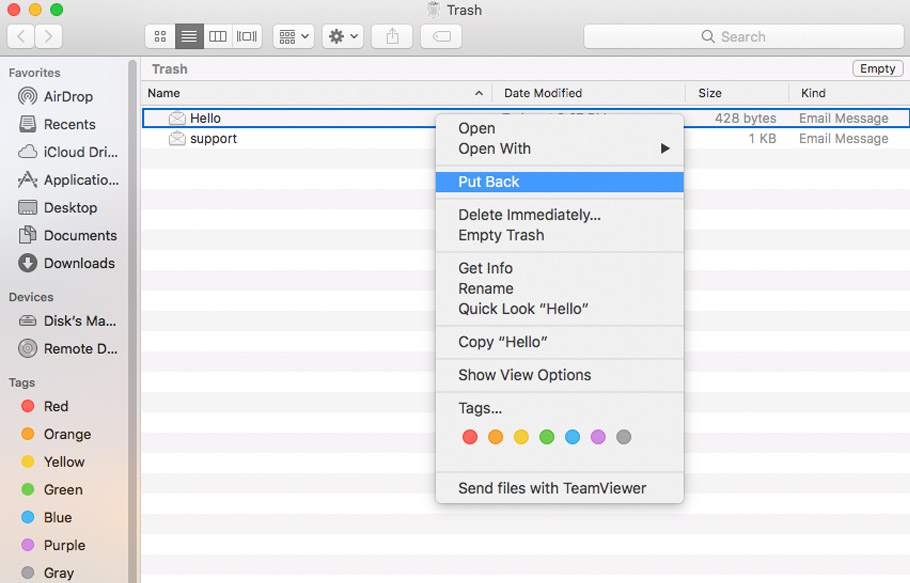


However, if the deleted files are on the internal hard drive, it is best to create an image of the active disk partition, mount it in Disk Drill and attempt data recovery on this image instead, to minimize any further risks of data loss. The above can be easily achieved if your deleted files are on a portable drive, for example, a thumb drive – just stop using that drive except for the purpose of data recovery. As a result, any further disk activities on the affected drive may overwrite the actual data of the deleted files and remove any hope of a successful recovery. Most data recovery tools assume that only the file system entries for the affected files have been removed and will scan the file system for the sectors containing the actual data which hopefully have not been overwritten.

In this post, I will describe my experience using Disk Drill, a relatively new data recovery software made by CleverFiles supporting Mac OS 10.5 and above, to recover deleted files on my USB thumb drive, and share some interesting findings.Īs with most data recovery tasks, to stand the highest chance of success, do not perform any further file/folder operations on the affected drive. If you are unfortunate enough to find yourself in this scenario, the good news is that all is not lost as you can still try several recovery solutions to get your data back, whether you are using Windows, Mac or even Linux. Accidentally deleting an important file from your hard disk only to realize that you have no other backup copies available is usually a frustrating experience even for the most experienced computer users.


 0 kommentar(er)
0 kommentar(er)
